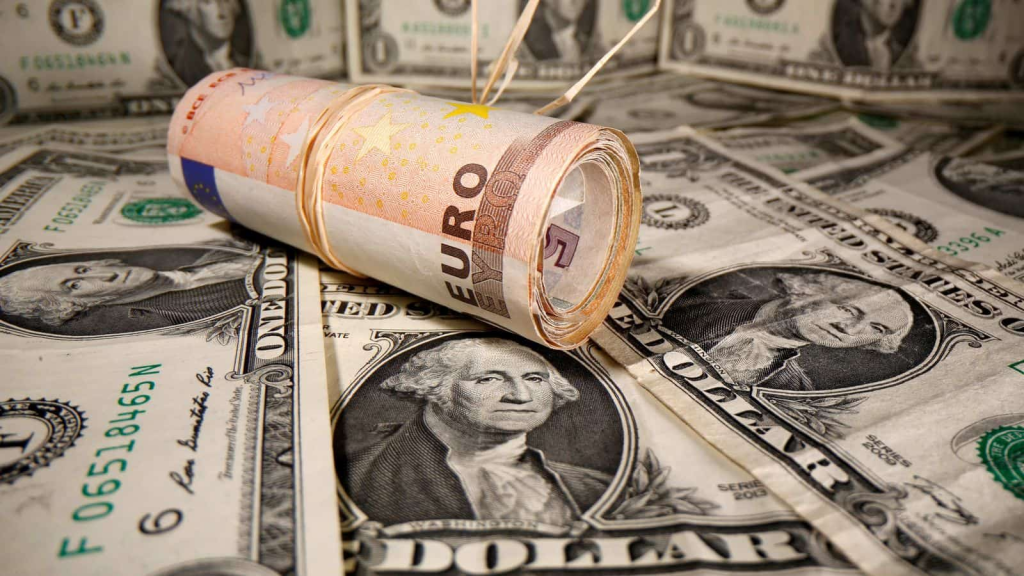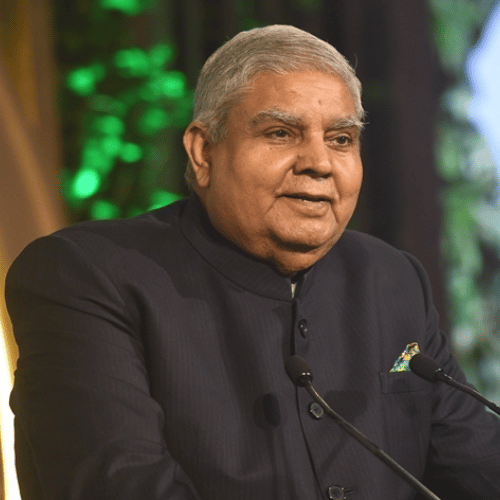India’s foreign exchange reserves rose by $1.9 billion to $595.1 billion as of June 30, according to Reserve Bank of India data. Foreign currency assets increased by $2.5 billion, while gold reserves declined by $472 million. The RBI intervenes in the market to maintain the rupee’s stability.

On June 30, the Reserve Bank of India unveiled data indicating a notable upswing of $1.9 billion in India’s foreign exchange reserves, propelling the overall level to $595.1 billion. This revelation, enveloped in a veil of intrigue, divulges an intricate financial landscape.
According to the Weekly Statistical Supplement disseminated by the RBI, foreign currency assets (FCAs) experienced a commendable surge of $2.5 billion, soaring to a staggering $528 billion.
These FCAs, when expressed in the form of the mighty dollar, encapsulate the enigmatic sway of non-US units such as the euro, pound, and yen held within the foreign exchange reserves. Nonetheless, amidst this formidable rise, the gold reserves encountered a decline of $472 million, dwindling to a modest $43.8 billion, as declared by the RBI.
The country’s reserve position with the International Monetary Fund (IMF) underwent a downturn of $118 million, resting at a modest $5 billion during the reporting week, as divulged by the apex bank’s data.
Global developments reveal the central bank’s utilization of the forex kitty, leading to a gradual decline in reserves. This measure by the RBI, aims to safeguard the rupee against external pressures by engaging in market intervention and liquidity management, which may encompass the strategic sale of dollars. The motive behind this manipulation is to ward off rupee depreciation.















